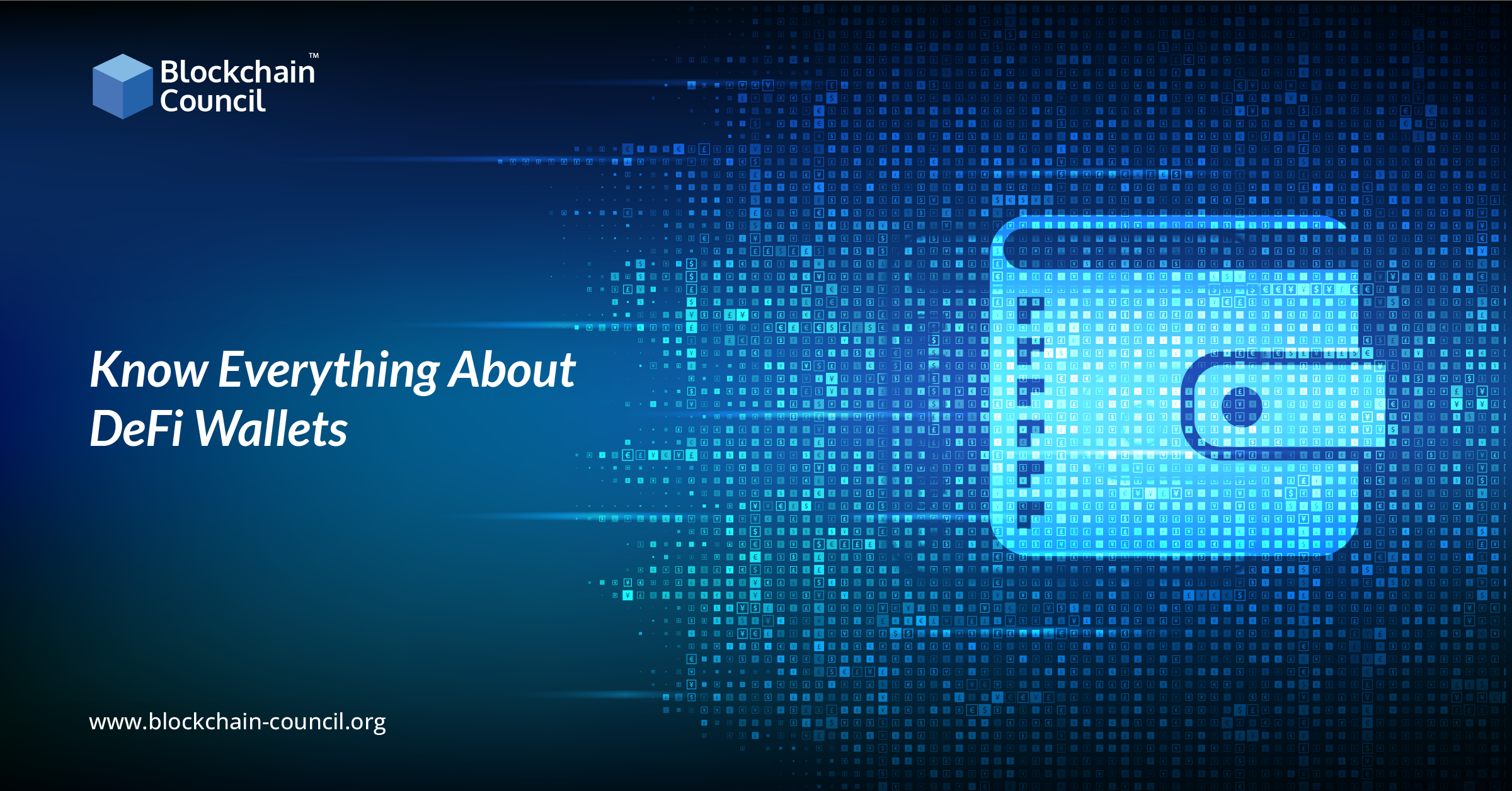
- Ayushi Abrol
- March 23, 2022

Investors have the opportunity to participate in novel and diverse markets like Non-Fungible Tokens (NFT) art and exotic derivatives with decentralized finance (DeFi). A DeFi wallet, however, is required to play the game.
By replacing the login screens for Web 2 platforms that let you sign in to new sites with your Facebook or Google account, non-custodial DeFi wallets can act as a substitute. Wallets built with Web 3 are compatible with all significant DeFi protocols and, within limits, with blockchains.
DeFi Wallet- Definition
Consider decentralized finance as the act of eliminating financial intermediaries and providing blockchain technology with more extensive use cases is what decentralized finance means.
“DeFi” stands for “Decentralized Finance,” an umbrella term for a range of products and services that disrupt the financial industry by removing all middlemen. In many ways, the blockchain is similar to the distributed ledger in that all transactions must be recorded in a copy, ensuring that no single source has control over information.
The use for payment transfers to extend to more complex scenarios is perhaps the key reason for the rapid growth of the DeFi concept. Typical benefits of stablecoins include open lending platforms, yield farming, staking, and decentralized exchanges. These applications offer higher interest rates than traditional banks and fewer barriers to borrowing money for consumers.
Defi Wallet: What Is Its Purpose?
A DeFi wallet is a way for users to own and manage their assets entirely and is generally considered among the safest methods for storing them. DeFi wallets provide users with a solution that leaves their ownership in their hands regarding access points.
What Was The Origin Of DeFi?
In 2009, Bitcoin, a p2p digital money built on top of the blockchain, launched. Bitcoin ushered the future of decentralizing legacy financial systems by introducing blockchains to the traditional financial world. Ethereum and intelligent contracts made this possible. ETH is a 2nd generation blockchain that utilizes this technology for the financial industry. DeFi enabled businesses and enterprises to build and deploy projects.
This led to a plethora of opportunities for establishing a financial system that was transparent and robust, free from centralized control. In 2017, however, financial applications started facilitating more functions than just money transfers.
What You Need to Know About Your First Crypto Wallet
Wallets issued by non-custodial exchanges differ from wallets provided by centralized exchanges. With a bank, you give up control over your assets. However, banks and crypto exchanges are very different, as deposits to the former are often regulated and insured. All three companies have lost customer funds and left their victims struggling to get their money back.
Financial tools can be easily lent, borrowed, or traded on DeFi networks using applications and peer-to-peer protocols built on decentralized blockchain networks. DeFi applications are typically constructed using the Ethereum network, but many alternative networks are available that are faster, scalier, safer, and cheaper.
Choosing a DeFi Wallet
Choosing a solution that supports the good utilizes assets and products is imperative while providing users with a minimum level of security, simplicity, guidance, and convenience.
DeFi wallets continue to increase, making it more difficult for users to decide which one is right for them. As a result, users should carefully weigh their options before deciding. Considering the wallet’s assets is among the most important considerations, as not every wallet will support every asset a user wishes to hold.
A reputation for security is a secondary consideration. Are the provider’s security measures adequate to ensure the user’s safety? Users should also consider what types of products they would like access to; as mentioned earlier, some solutions offer access to staking and yield farming, while others may not. After answering some of these primary concerns, the application’s usability must be considered.
DeFi users are still unaware of how to get started, and other intricate details, such as how to use a multi-asset LP token, how to interact with a decentralized exchange (DEX), or how to navigate new solutions and techniques.
Due to this, new users will want to make sure the wallet provider makes the process easy by streamlining the process to minimize concerns about time, energy, and cost. In conclusion, convenience plays a crucial role in enabling users to access the necessary tools to succeed.
Cryptocurrency wallets that are not custodial fall into two basic categories: hardware wallets and software wallets. These devices are made by companies such as Ledger and Trezor. Essentially, they are USB sticks (thumb drives) that you purchase to store your funds offline (known as “cold storage”).
Web-based and mobile wallets are online wallets that can be accessed through your web browser or smartphone. These wallets are usually free. There are several famous examples:
- MetaMask
- WalletConnect
- Rainbow Wallet
When you decide which DeFi wallet to use, you must first consider the blockchain you intend to use. For example, MetaMask, one of the most popular Web 3 wallets, does not natively support the Solana blockchain.
A Guide To Using The DeFi Wallet
You only need to click “connect wallet” to connect to a DeFi protocol when these wallets are installed and funded with crypto. Most DeFi protocol landing pages show you a “connect” button in the top right corner.
If that’s the case, you’re pretty much good to go. To confirm individual transactions, you will need to use “gas” – the native currency of the blockchain you’re using – to pay for transaction fees.
This led to a plethora of opportunities for establishing a financial system that was transparent and robust, free from centralized control. In 2017, however, financial applications started to take off, with projects making it possible to do more than work with money transfers.
Managing Centralized Finances Presents Several Challenges
Great ideas can be enabled, and financial markets can drive the prosperity of society. However, power is centralized in these markets. In the current economic system, people relinquish their assets to intermediaries, such as banks and financial institutions, which keeps risk and control at their core.
In the 2008 financial crisis, bankers and institutions have historically failed to see market risks. In a system dominated by centralized authorities, risk accumulates at the center, posing a threat to the entire system.
When Bitcoin and early cryptocurrencies were developed, individuals had complete control over their assets, but issuance and storage were centralized. Providing access to a broader range of financial instruments remained challenging until smart contracts were invented and enabled DeFi.
The DeFi Protocol And Its Workings
Millions of users rely on the DeFi ecosystem of applications and protocols. Currently, DeFi ecosystems hold assets worth over $30 billion, making it one of the fastest-growing segments within public blockchains.
-
Borrowing And Lending By DeFi
By enabling loans and borrowing, DeFi spurred a new era in finance. Crypto holders could gain annual yields from decentralized lending, widely known as “Open Finance”. Borrowing money at a specific rate of interest was possible through decentralized lending. Lending and borrowing are to meet the cryptocurrency community’s needs while serving financial service use cases.
-
Compound Finance
Rober Leshner is the creator of Compound Finance, which was launched in 2018. With this project, users can gain interest by lending assets or borrowing against collateral on the Ethereum blockchain. Using computer algorithms, the Compound protocol creates liquidity by setting interest rates for cryptocurrencies.
By depositing cryptocurrencies, users of Compound earn interest. Users will be able to use cryptocurrencies as collateral for loans once they are supplied on the Compound platform. A list of digital currencies deposited on the protocol is provided below and the expected Annual Percentage Yield (APY).
-
Decentralized Exchanges
Decentralized Exchanges (DEx) are one of DeFi’s most essential features, with the maximum amount of capital locked compared to other protocols. With DEXs, users can exchange tokens for other assets without dealing with a centralized exchange or custodian. The investments offered by traditional exchanges (centralized exchanges) are subject to the will and costs of the exchange. DExs also address CExs’ additional fee per transaction.
-
Uniswap
Hayden Adams founded UniSwap in 2018, an automated token exchange based on the Ethereum blockchain with the most significant trading volume. Using smart contracts, UniSwap automates cryptocurrency exchanges. The project was launched after receiving grants from several capital ventures, including the Ethereum Foundation.
-
Swapping Tokens
Metamask requires users to sign up for an account before using this service. Users can select tokens they own to swap for another type of cryptocurrency after creating a Metamask account.
Rather than deposit a fixed amount of tokens into the exchange contract, users deposit an equivalent amount of tokens. Users can offer liquidity on UniSwap in exchange for exchange fees, calculated based on the value of the tokens provided for liquidity.
-
Stablecoins
DeFi has become more prominent because of stablecoins, which provide a viable solution to issues related to cryptocurrency volatility. As the name suggests, stablecoins are tied to an asset with relatively stable value, such as gold or the US dollar. Stablecoins were useful during risk-off periods in the crypto space, providing investors and traders with a haven. They are reliable collateral assets because of their stability. Additionally, stablecoins play a vital role in liquidity pools, which are integral to the DeFi ecosystem.
-
MakerDAO
Rune Christensen founded MakerDao in 2015, a company building technology for savings, borrowing, lending, and a stable cryptocurrency using the Ethereum blockchain. It was among the very first protocols for DeFi. Instead of an ICO, $MKR tokens were privately sold over time to fund the project’s development. In 2018, Maker launched a stablecoin called $DAI, which has gained considerable traction. $ETH can be sent or deposited into a smart contract on Maker’s protocol, and a collateralized debt position can be created. Doing so will enable the ability to take DAI at a specific rate of collateralization.
The MakerDAO token is volatile and isn’t tethered to assets, unlike the $DAI token. For voting, $MKR tokens may be used. Proposals will affect $DAI. Token holders benefit from the increased value of $MKR – but when the system fails, they take the biggest hit in price.
-
Predictions Markets
Through smart contracts, decentralized prediction markets have long been a possibility. Platforms that allow individuals to predict the outcome of future events, such as sports betting or politics and stock price predictions, exist. DEFI will enable individuals to participate in these markets.
-
Asset Management
The DeFi ecosystem has many beneficial characteristics for Asset Management, including transparency, composability, and trustlessness. As one of DeFi’s classes of services, asset management is also available. The goal is to accelerate investment, reduce costs, and democratize it.
Transparency makes information more accessible, more secure, more composable, and more trustworthy so that nearly anyone can access historically illiquid assets and manage their investments regardless of location.
-
Ampleforth
DeFi’s Ampleforth protocol works as a synthetic and innovative currency designed to provide non-collateralized crypto assets to traders and investors. They’re called synthetics because they’re made by humans and aren’t raw materials like gold. Evan Kuo founded the project in 2020.
Ampleforth and Chainlink use price oracles to tap into Bitfinex Exchange and KuCoin Exchange real-time pricing information for these smart contracts to function. Using a smart contract, Ampleforth adjusted the supply of its tokens daily to match market demand. Decentralized price feeds allow token prices to be determined within the equilibrium range (0.96-1.06 USD). Suppose the price of $AMPL tokens falls below $0.96, the supply will decrease. In cases where it is more significant than $1.06, Ampleforth increases the supply.
What Lies Ahead For DeFi
Through the innovation of distributed ledger technologies, we are experiencing a quantum leap in the possibilities of the functionality of money. A global financial system affecting a worldwide population is being shaped for the very first time in history by that population itself. The governance of DeFi protocols is open to everyone, enabling everyone to participate in creating the world of decentralized finance.
The DeFi space is slowly catching up with the traditional financial system. Despite the challenges inherent in operating on the cutting edge of innovation, the world of decentralized finance promises to be a prosperous one. The future shape of this space is challenging to predict since the power to create financial services will democratize over time. We will, however, reach an inflection point when Defi and fintech converge and nascent financial technology becomes just a component of a new financial system. Being fast, secure, available, and egalitarian comes true when one realizes this dream.
How Should Users Consider DeFi Wallets?
Selecting the right DeFi wallet involves choosing a solution that supports the right assets and products while offering users a minimum level of security, simplicity, guidance, and convenience.
It has become increasingly difficult for users to determine which DeFi wallet is best for them as the number of wallets increases. As a result, it becomes crucial that users carefully consider their options before making a choice. Not every wallet supports the asset a user is looking to hold, so this is one of the most important considerations.
A reputation for security is a secondary consideration. Does the service provider take the steps necessary to keep its users safe? As mentioned earlier, some solutions provide access to staking and yield farming, while others may not. Users should consider the types of products they would like access to. Questions of usability must be addressed after answers to some of these primary concerns have been provided.
DeFi users are currently faced with a lack of knowledge on the industry, how to get started, and more intricate details, including how to use LP tokens, manage transactions on a decentralized exchange (DEX), or navigate new solutions and techniques.
Because of this, new users should pay particular attention to the question of simplicity, namely whether the process set up by the wallet provider is streamlined to address concerns about time, energy, and cost associated with a wallet. Ultimately, the question is convenience and the ease with which users can access the tools they need.
Concluding Thought!
Users of a DeFi wallet have access to a solution that leaves the power in their hands as an access point. Users benefit from a DeFi wallet in that they retain complete ownership over their assets and are set up with one of the safest storage methods available. The advantage of this is that users do not have to keep their assets in the bank’s custody, while the bank requires users to confirm their identities and provide other related information.
DeFi wallets eliminate the need for a third party, revolutionizing the financial industry further. Regarding DeFi wallets in general, most of them operate as Web 3.0 wallets that are compatible with the Ethereum (ETH) blockchain (although this may vary).
Other similarities between these wallets include their compatibility with DeFi applications and their position as a key-based solution requiring users to take responsibility for keeping their private keys. With DeFi wallets, funds are held in a non-custodial environment, so only the wallet owner has access.
As a result, a DeFi wallet is among the most secure in the market. The security of these websites becomes the responsibility of the user, who may find themselves out of luck if they lose their login information.

































































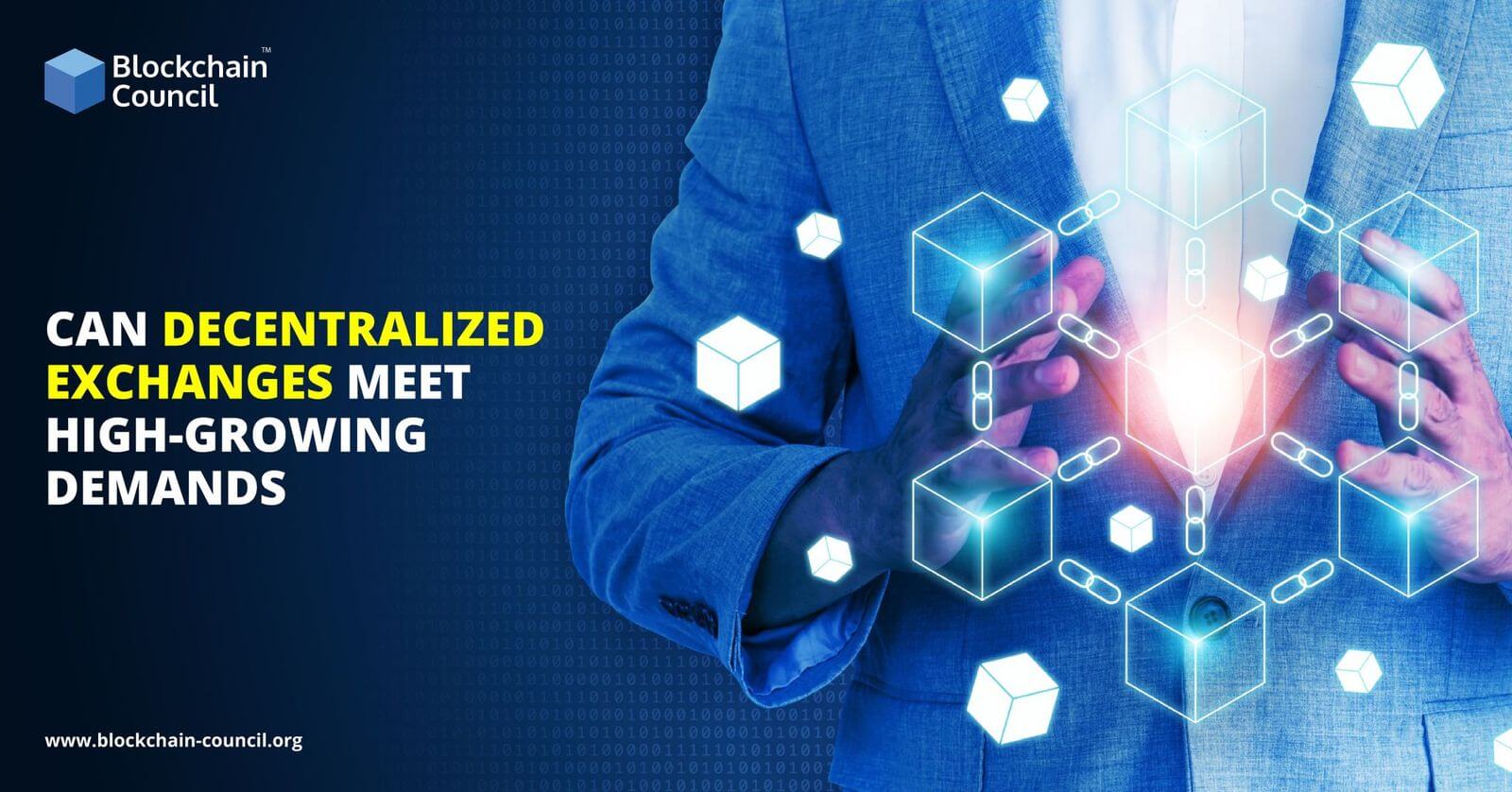
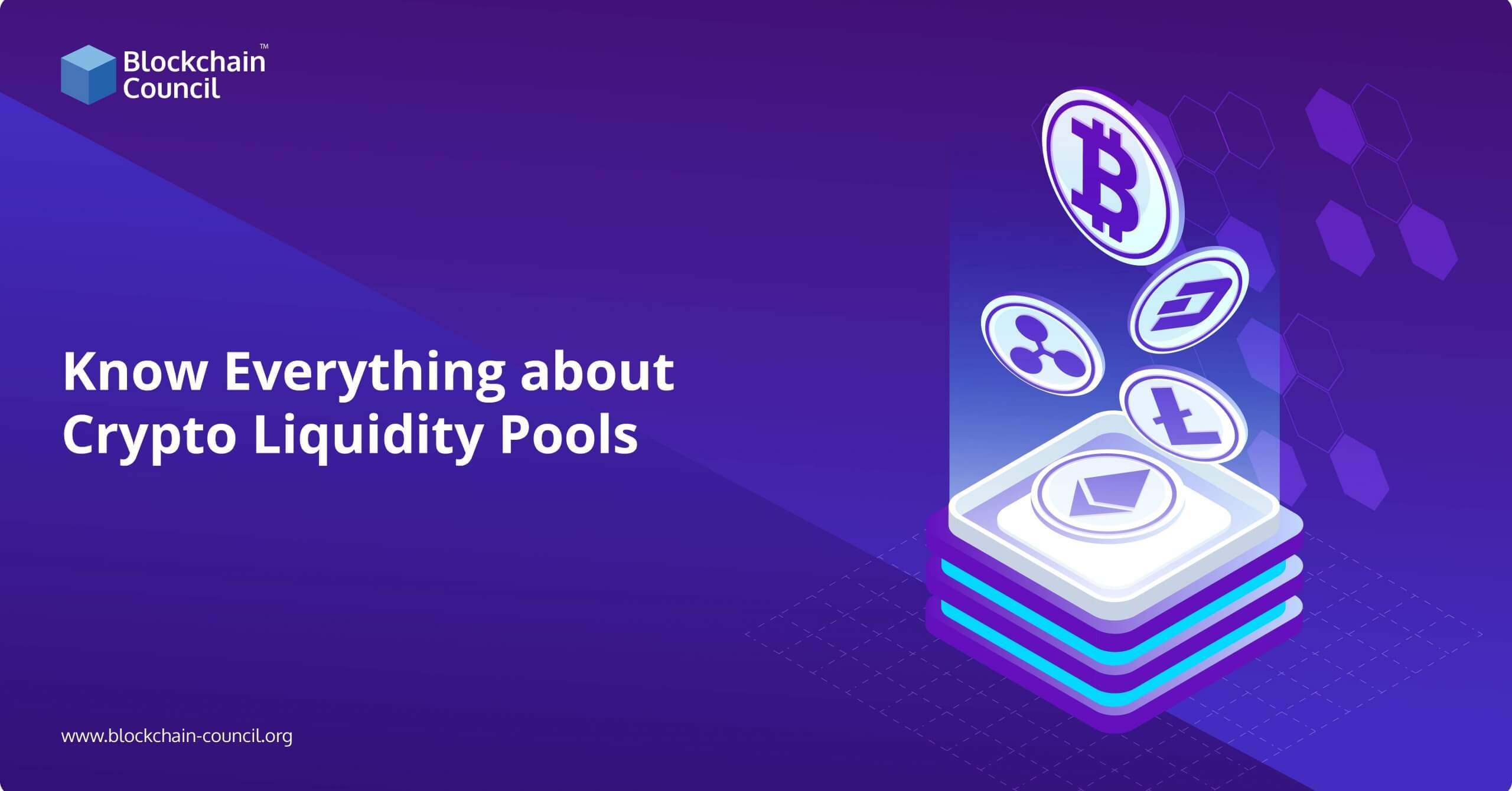
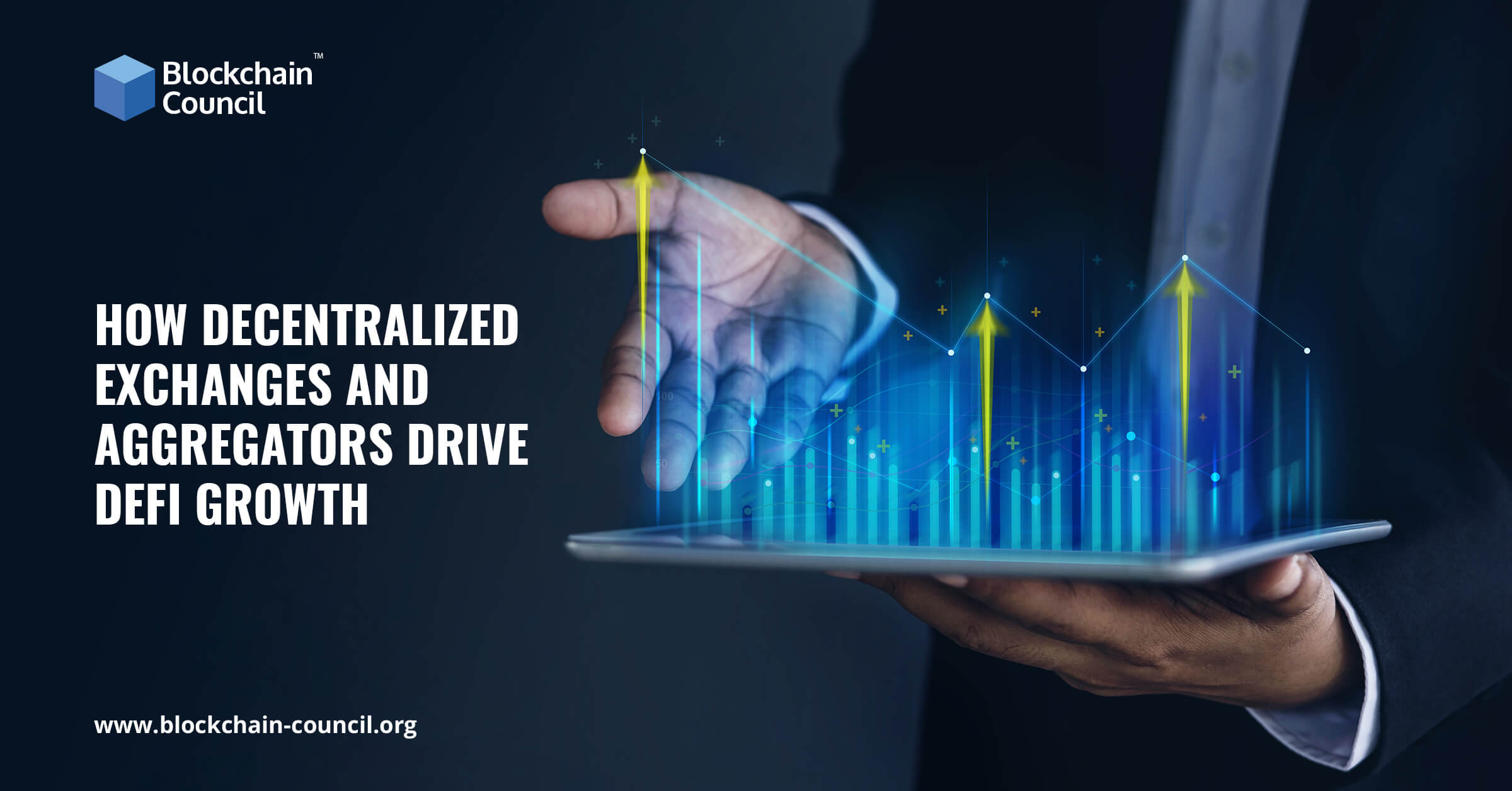
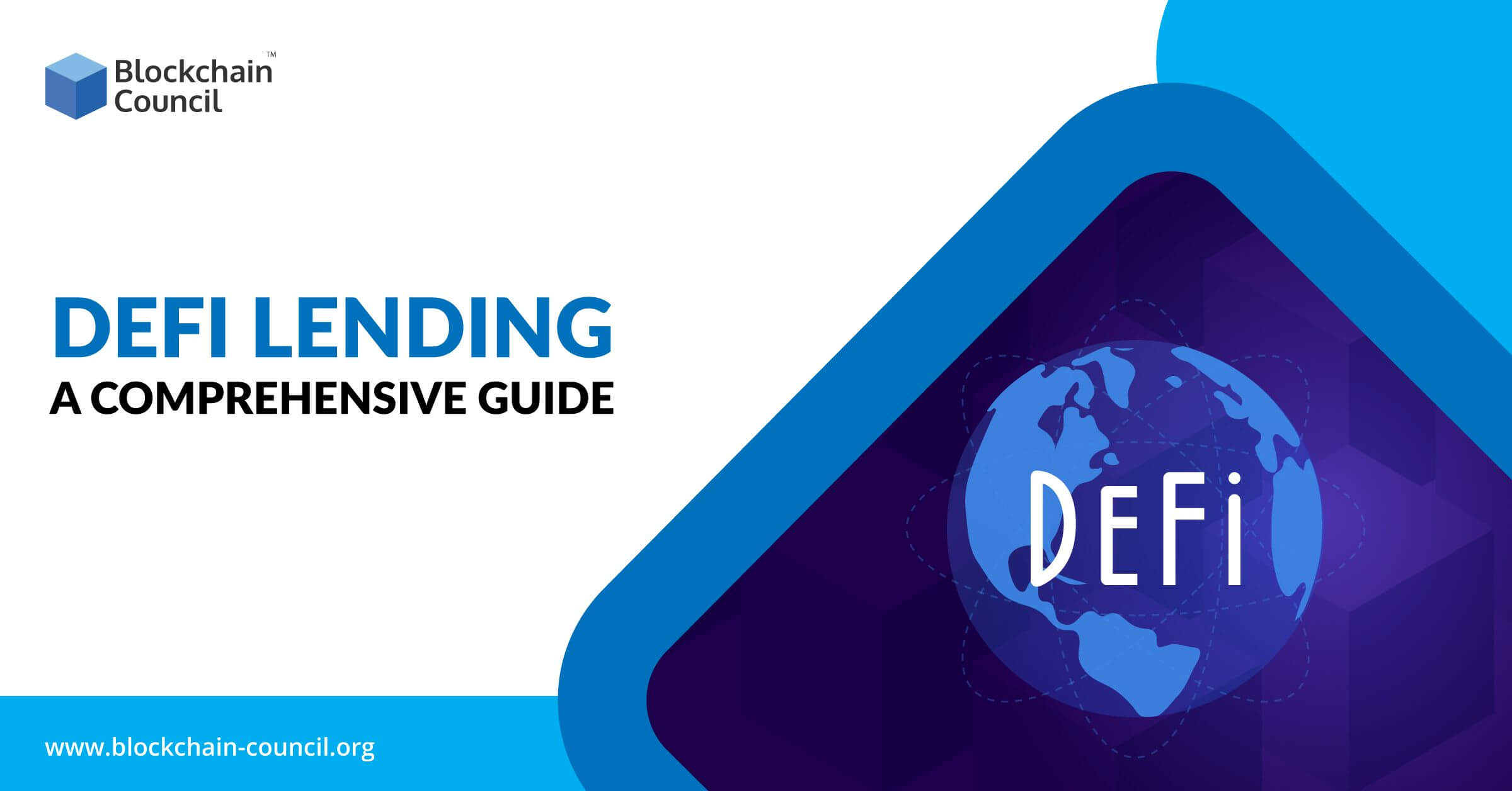
 Guides
Guides News
News Blockchain
Blockchain Cryptocurrency
& Digital Assets
Cryptocurrency
& Digital Assets Web3
Web3 Metaverse & NFTs
Metaverse & NFTs
